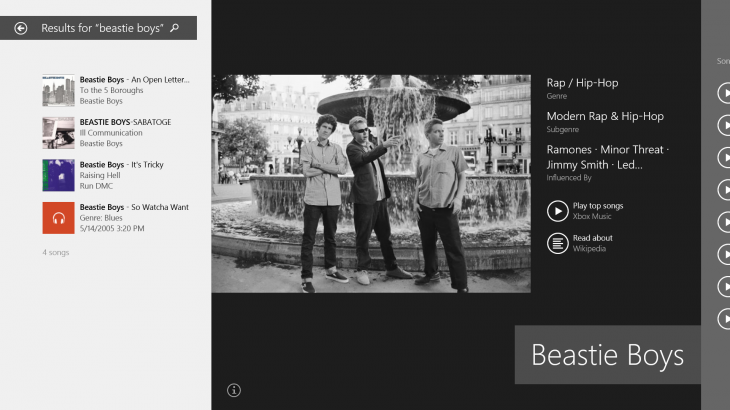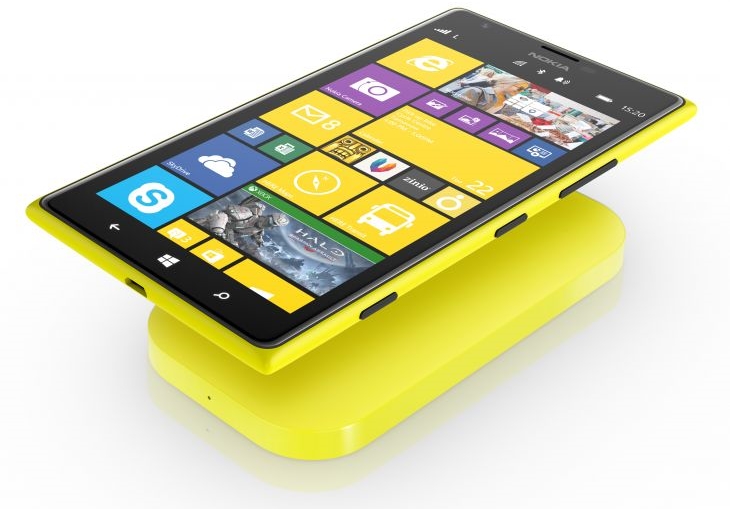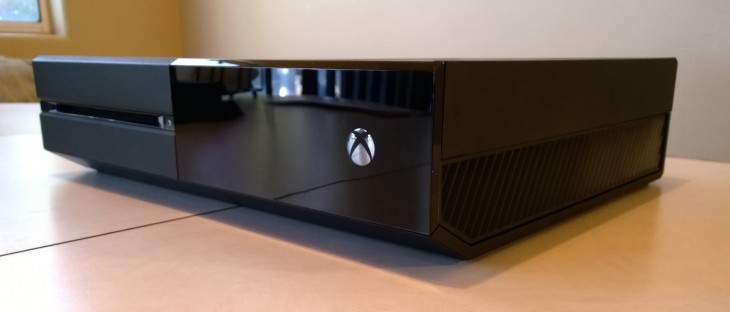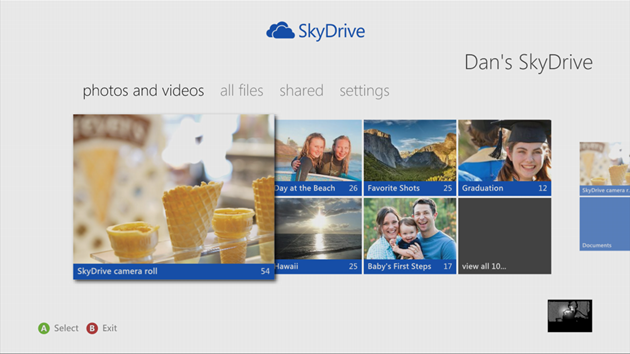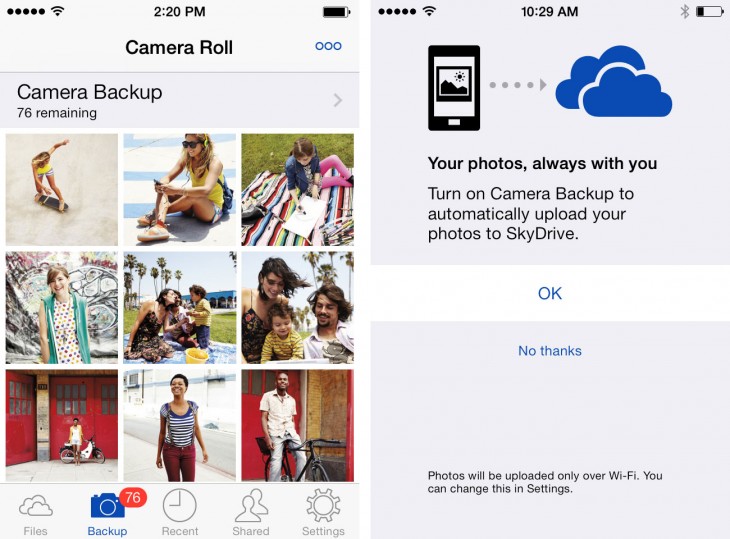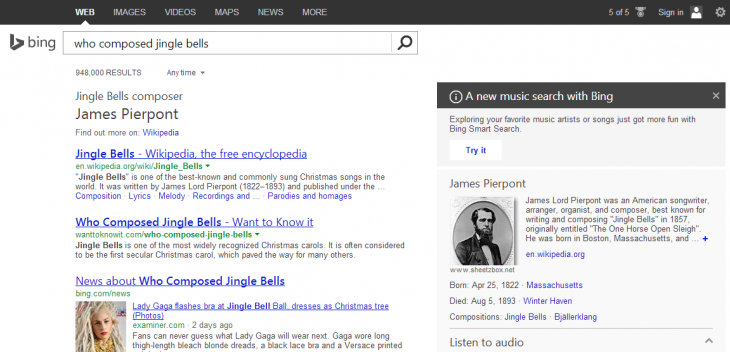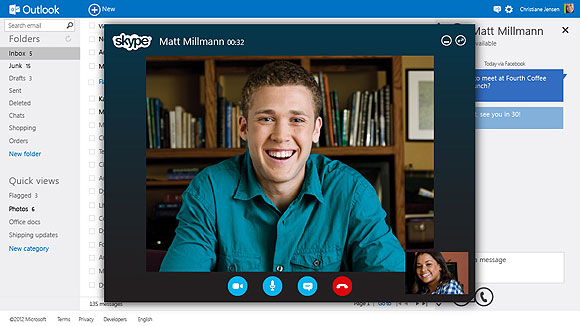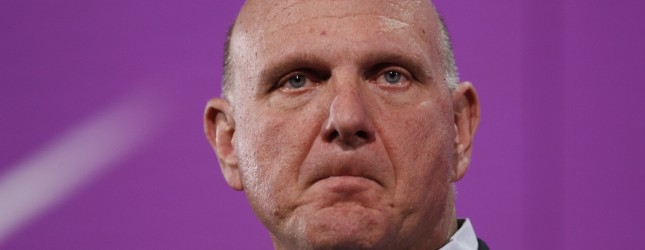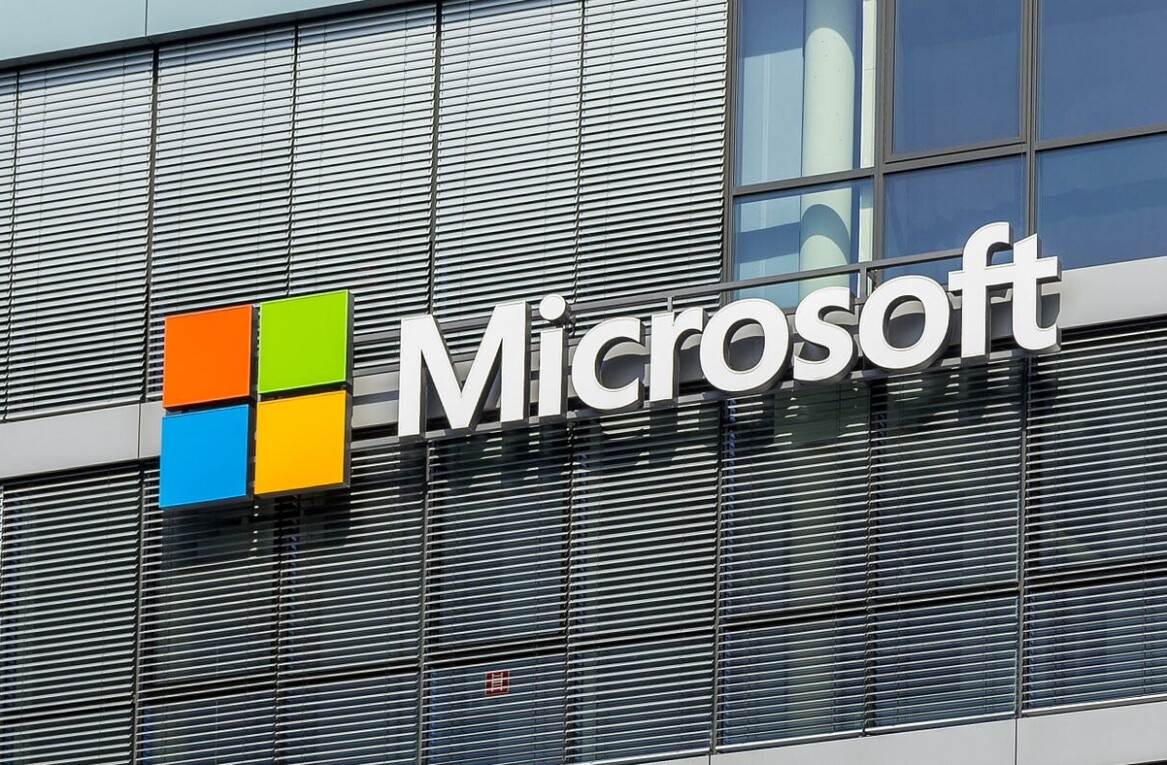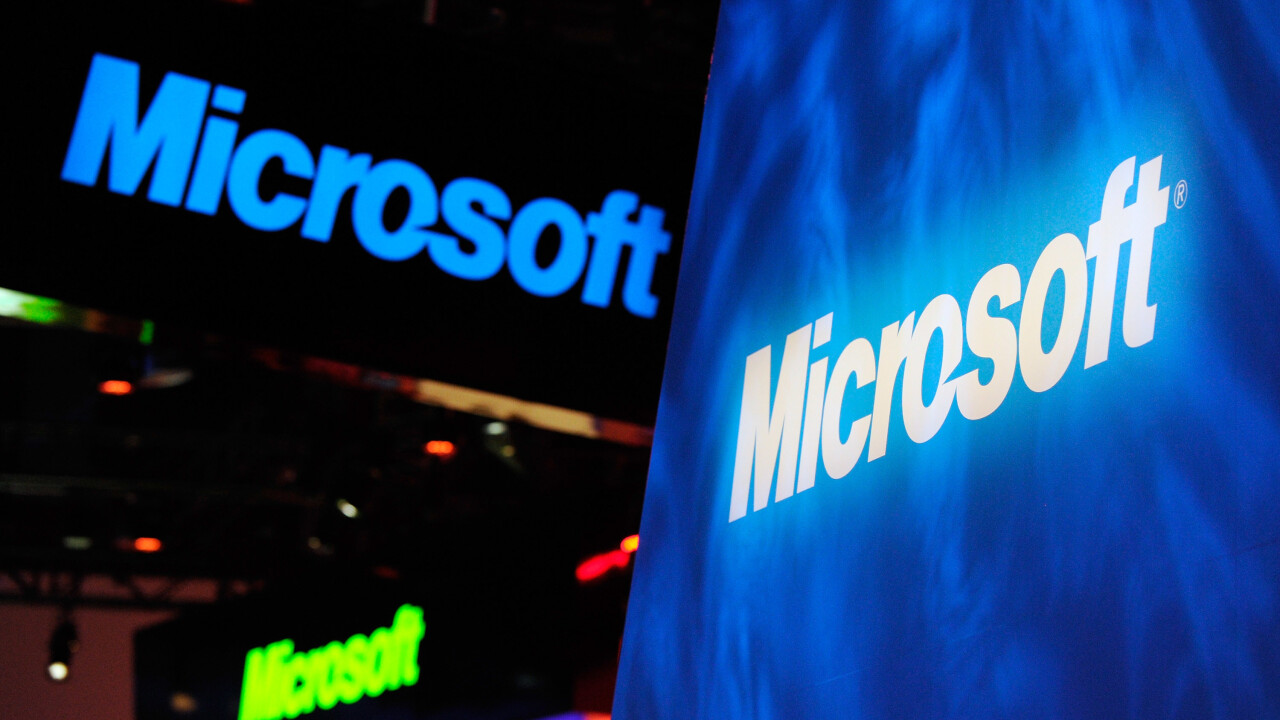
A lot can happen in a year, and a lot has. Here, we take a look at Microsoft and what the Redmond-based behemoth has achieved over the last 12 months.
One year on, we can see how the company’s connected screens plan is coming together – you only have to look at the potential now being seen for combining its Windows 8, Windows Phone 8 and Xbox gaming platforms to offer interplay that few other companies can hope to match. But it’s not there quite yet, before we look ahead to 2014 and what we might expect to see from the company, let’s recap its major achievements of 2013 first.
With a company like Microsoft and its extensive range of hardware and software divisions, we’ll be focusing on the key highlights from things like its Windows 8.1 OS, the new Surface 2 and Surface 2 Pro tablets, strides made by Windows Phone, and of course, Microsoft’s multi-billion dollar purchase of Nokia’s Devices and Services division.
There’s also plenty to say about Skype, Xbox Music, Xbox Video, Outlook and Office from 2013 too, among other things. And let’s not forget the small matter of deciding who will take the CEO spot once Steve Ballmer retires, as announced in August.
Windows 8.1
When Windows 8 launched in 2012, it’s fair to say that it wasn’t met with the warmest of receptions. Microsoft’s core OS had been reworked for a new generation of form factor-spanning devices, and in doing so, some of the more familiar and useful functions, like the Start button, had gone.
For the next iteration in 2013, Microsoft listened to the feedback and set to work on Windows 8.1, the first major update to the operating system, which finally arrived in beta in June. It then made it to retail in October.
Addressing some of the criticism that had been leveled at the initial Windows 8 release, Windows 8.1 brought more than just a lick of paint. Among the many new features was a (sort of) return of the Start button – although it simply throws you across to the Start screen rather than replicating the functionality of the previous Start button – alongside a number of other desktop tweaks designed to make the platform easier to use without a touchscreen. Included in these tweaks are more options for personalizing the Start screen, a full list of all your installed apps, a downwards swipe away from the Start screen, and the change to hide ‘Library’ folders by default.
Other than trying to appease users missing the Start button, there were far more significant changes under the hood, including an entire rework of how the search function works across the whole OS, as well as deeper integration with Bing and Xbox Music, resulting in some very attractive search results.
For the refresh, Microsoft also added new core apps (like Health + Fitness) and updated nearly all the others already on board like Xbox Music, Internet Explorer 11 and the Windows Store.
Since its release in October, Windows 8.1 was measuring at around 2.64 percent of the total OS market share, according to Net Applications‘ data up until the end of November. In total, Microsoft Windows still accounts for nearly 91 percent of the total market share.
It seems like its proving popular among gamers, too, having already surpassed Windows Vista and Mac OS X in popularity on Steam, according to Valve.
With rumors of the next major build already beginning to bubble away on the rumor mill, and the possibility for a major milestone in the form of Windows ‘Threshold’, which according to current thinking could be a multi-platform update applicable to Windows, Xbox and Windows Phone. There are definitely exciting possibilities there, if executed well.
Windows Store
Like its Windows Phone counterpart, the Windows Store – home to all the Windows 8 apps – is vital to the overall success of such a major transition for the Windows operating system.
By March, there were about 50,000 apps in the store, and by July this number had reached more than 100,000. Today, this stands at around 137,000 and includes some of the usual big names such as Facebook, Nook, Skype, Netflix, Twitter, Amazon, Napster, Foursquare, Flipboard, and more.
This figure isn’t anywhere near the sheer number of tablet-specific apps for Apple’s platform but numbers don’t paint the whole picture, and it’s worth noting that half way though 2013, the platform was criticized for missing out on some big name apps, a situation that has largely been rectified now.
That’s not to say it’s perfect, but progress has certainly been made throughout the year. Now, what developers need to do is ensure that each Windows 8 version has a feature-set that’s on par with other platforms. Apps like Dropbox, for example, which are ubiquitous across various platforms become less useful and more confusing when the features change depending on which device you happen to be using it from. Microsoft needs to entice devs to consider this.
For 2014, we expect to see more curation introduced to the Store to make personalized recommendations more reliable and accurate.
Next: Surface 2 and Surface 2 Pro
Surface 2 and Surface 2 Pro
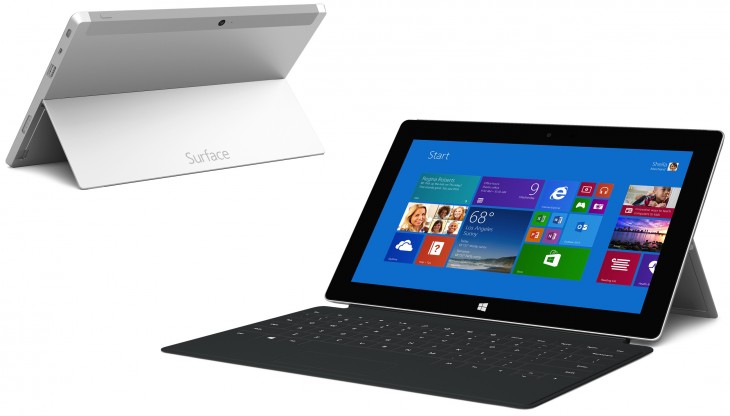
They may be the successors, the new generation, but at a glance, they look very familiar. That’s little surprise really, as the hardware saw only minor tweaks (like making the angle of the stand at the rear user-adjustable) and a few upgrades under the bonnet, like a longer battery life, larger storage options and a new processor.
As part of the promotion, we even saw a 27-feet-wide and 17-feet-tall version of the device touch down in London for a day.
Through our initial hands-on sessions, and later our full reviews, we came to appreciate the tweaks made to the Windows 8.1 OS, and a little bit longer battery life. However, we remain unconvinced by Windows RT and whether the world really needs it, as we’ve noted several times now. Why? Just one reason is that during 2013, Microsoft had to take a nearly $900 million write-down on its original Surface RT – but then again, it does have the heft and capital to play the long game here, and it looks to be doing just that.
Although Microsoft hasn’t revealed any sales figures for the Surface 2 or Surface 2 Pro, its main developer account did recently tweet that stocks of the devices were running low – and several retailers’ websites have since shown stock to be all gone there too. While this can be an indication of how well it is performing in the market, Microsoft also hasn’t said how many of the units it shipped to retailers, so it’s no guarantee of massive numbers.
In March 2013, Bloomberg reported that Microsoft had sold around 1.5 million of the original Surfaces, with around 400,000 of those being the Pro model. As a guide, we’d expect to start seeing rough sales figures for the Surface 2 in a few months’ time – although they will need to be far more impressive than those seen this year for the original.
Next: Windows Phone and Nokia
Windows Phone & Nokia
Windows Phone 8 has continued to make in-roads during 2013, following its introduction towards the end of 2012. At the beginning of the year, data revealing that Windows Phone had passed BlackBerry into third spot behind iOS and Android in terms of global shipments, was released by IDC.
By the most recent count from comScore (ending in October), Microsoft’s mobile OS held just 3 percent of the US mobile market share but had actually surpassed 10 percent – and iOS – in some European countries, such as UK, Germany, France, Italy and Spain. It’s also doing well in Latin America and other emerging markets.
A significant update for Windows Phone 8 is yet to appear, but unofficial info suggests Windows Phone 8.1 will include things like on-screen buttons for navigation, a new notification set-up and virtual assistant, and bespoke Skype messaging features.
Although other manufacturers have been free to release Windows Phone 8-based devices, few have chosen to do so. The few handsets that were made to run the OS include Samsung’s ATIV Odyssey and ATIV S Neo, and the Huawei Ascend W1 and W2.
Pretty much all the other Windows Phone 8 devices that have gone on sale this year have been Nokia Lumia products, thanks to an agreement dating back to February 2011.
The Lumia 525, 620, 625, 720, 925, 928, 1020, 1520 have all been released this year, largely cementing the brand as the go-to camera phone of choice if that’s your priority above all else. Oh, there’s also the Lumia 1320 too, which has been announced but not yet released, although it’s due to arrive in January.
Clearly, having a partner build your handsets is a pretty solid situation for Microsoft (an ensured flow of products), but this year, it decided to take that business agreement one step further and buy the Finnish handset maker’s Devices and Services division for $7.2 billion. As part of the deal, Microsoft gets access to Nokia’s patents and branding for 10 years. As we noted at the time, it’s a deal that also benefits Microsoft’s tablet market aspirations, as well as its smartphone plans.
Windows Phone Store
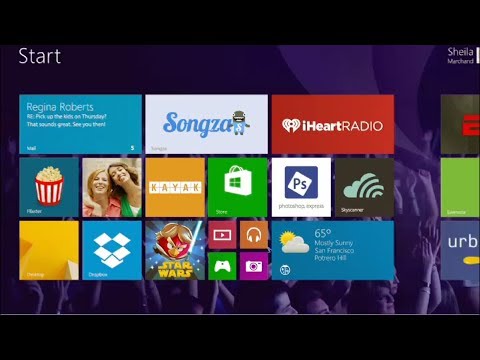
A key aspect in establishing Windows Phone as a major player in the smartphone space rests on the surrounding ecosystem of apps and services, and Microsoft has been trying to improve this area too, after suffering much criticism when Windows Phone was first launched.
Now that it has had time to mature a little, it isn’t really the lack of apps that’s holding it back, but its seemingly late entry to the market and difficulty in gaining mindshare among consumers.
According to Microsoft’s official count, the Windows Phone Store now has more than 200,000 apps ready and waiting. For comparison, iOS and Android both surpassed the one million apps in store milestone this year.
While it certainly isn’t all about big numbers in the app store from the average consumer’s perspective, Microsoft does need to give developers a reason to build apps (or more importantly, build first) for Windows Phone – a few million more handset sales per quarter is a few million more reasons.
It’s not all been plain sailing and good vibes for Microsoft’s Windows Phone marketing department though; a rather ill conceived Windows Phone ad mocking Apple’s iPhone 5s and iPhone 5c launch is probably best avoided in future. Windows Phone might have had a wider range of different colored handsets before Apple, but this isn’t the way to get the message across, show a sense of humor, or lure potential buyers.
Next: Xbox One
Xbox One
It has been a long time coming, but Microsoft’s next-generation console was unveiled in May this year, and finally made it onto retailers’ shelves in late November 2013, going up against the Sony PlayStation 4 which launched a week later.
As much as the war of the consoles themselves though, for Microsoft it started with mixed messages, which ultimately resulted in them backtracking on a decision to make it a requirement that the console would need to be connected to the Internet at all times and removing some features for some regions at launch, like voice control. It also didn’t help that several regions saw the launch delayed until 2014.
However, the console did indeed go on sale as planned on November 22, bringing a bunch of new features and hardware with it. Unfortunately, as is often the case with launch-day consoles, the first wave of sales also brought the first wave of reports of errors and bricked devices.
For users that actually have a working console, some of the most notable features of the unit include a rework of the UI and feature set to make it more of a home entertainment hub than a pure gaming machine.
As well as providing a fully revamped UI and voice controls via the upgraded Kinect 2 peripheral (shipped with every Xbox One by default) and integrating things like TV output through the console, Microsoft has also made it possible to make calls on Skype from an Xbox One directly from the dashboard using either a controller or voice commands.
Although it was only released towards the end of November, Microsoft has wasted no time in rolling out an update that addresses a number of issues, such as problems with SmartGlass, difficulties rejoining multiplayer games, and some wireless controller glitches. Clearly, it hasn’t been a smooth take-off for the Xbox One, but Microsoft seems to be working to rectify as many of these teething problems as it can.
Based on early sales data from NPD, Microsoft declared the Xbox One “the fastest selling console on the market in the US”, whereas Sony trumpeted the PlayStation 4 as “the top-selling console for November and PlayStation was #1 in sales overall for home consoles”. Either way, both have sold more than 2 million devices and both have only just hit the market, there will be a lot more rounds to go in this particular console battle before (if ever) a definitive ‘winner’ can be drawn.
Next: SkyDrive, Skype, Xbox Music, Xbox Video, Bing, Outlook, Office 365
Microsoft Services
Away from Microsoft’s major operating system and hardware platforms, it has a whole range of services that provide additional functionality and features to users of many different mobile and desktop platforms. All of these have seen a natural evolution throughout 2013, largely culminating around the release of Windows 8.1, for which many of Microsoft’s core services underwent a significant revamp.
SkyDrive
If Microsoft’s Azure infrastructure is the hardware that underpins its multi-faceted operations, then SkyDrive is the glue that pulls together its consumer-facing cloud services on its own, and other, platforms.
SkyDrive has come a long way since it was first introduced under the moniker of Windows Live Folders in 2007 (although it did have the SkyDrive codename, even back then) and this year saw a number of improvements and extensions to the platform as it comes under increasing pressure from pure cloud service providers in Asia that offer far larger amounts of free storage space. On iOS devices, among other things, Microsoft also enabled automatic backup to SkyDrive (below) this year for the first time, although the Android app is still lacking this option.
However, a key advantage that Microsoft has over players like this is that SkyDrive is now an integral part of its core platforms, like Windows 8/8.1 and Windows Phone, as well as being accessible via native apps on other rival platforms. However, Google and Apple both also have robust cloud sync, storage and backup offerings with a similarly compelling feature set.
Among the key additions this year was the introduction of a film strip view on the Web, offline access to files on a device, and the introduction of ‘smart files’, to ensure not only that users always have access to their synced files, but also so they don’t take up as much room on the hard drive unless needed. There was plenty more too, like OCR text extraction from stored images, enhanced file sharing and animated GIF support, and some business-focused updates aimed at SkyDrive Pro and Office 365 customers.
Whether or not 2014 will be the year that Microsoft decides to bring parity to all the native mobile SkyDrive apps remains to be seen, but you can bet on further integration with other Microsoft products – it’s baked into all of them already, from phones to the Xbox One, so deeper integration and interplay between devices could be on the cards.
Skype
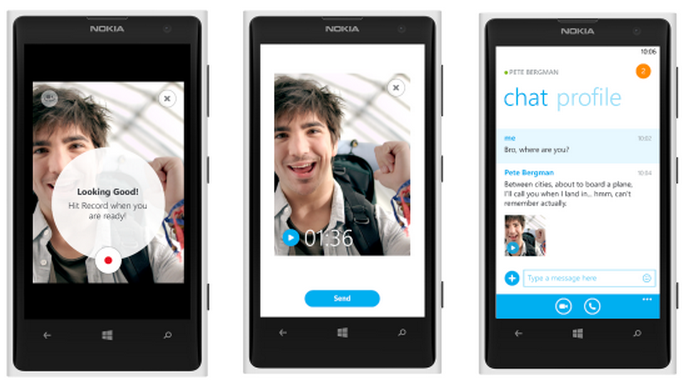
However, rather than being another year of reflection, Skype has achieved a number of things in 2013, as part of its goal of being more closely integrated with Windows, which we ultimately saw with the Windows 8.1 release.
In February, the Skype Android app was updated to allow users to make calls directly to Windows Messenger (since retired) users.
However, that’s not to say that Microsoft focused purely on improving Skype for Windows – all the major platforms received updates throughout the year for new features like video messaging on Windows Phone 8, a new people filter list and a redesign for most major clients, like Mac, iOS, Windows and Android.
It wasn’t all good news for Skype users – in September, Microsoft said it was dropping support for Skype on Windows Phone 7.
Throughout the year, Microsoft has also been transferring more of the Skype system onto its Azure infrastructure, a process which is now almost complete, according to The Register in December.
Xbox Music and Xbox Video
Towards the end of 2012, Microsoft decided to retire its Zune-branded music and video services, and in its place launched Xbox Music and Xbox Video.
Although separate apps and services, these two are important parts of Microsoft’s multi-platform strategy, and both services have seen continued development and a tighter focus on platform integration throughout the year. For example, carrying out a search on a device running Windows 8.1 will also return matching results directly from Xbox Music and Xbox Video.
Some of the more recent developments include a full revamp of Xbox Music interface for Windows 8.1, announced at its BUILD developer conference in June, and the launch of Xbox Video on the Web and on Windows Phone 8 for the first time, which opens the service up to a far larger potential audience.
Bing
2013 has been a year where Microsoft has tried to differentiate Bing from Google Search results by consistently adding to the type of content it will show directly in the results list, and by more deeply integrating it with its other services, like Windows 8.1 and the Xbox One. It’s also the year that Microsoft released Bing for developers, so they could begin to integrate the search service.
Among the new additions to Bing this year are contextual search features, a new layout on the Web and a new logo, all of which arrived in September. The company has also strived to make it faster, integrate Bing Music Video Search inline with results from YouTube, Vimeo, MTV, added Pinterest boards to its image search, and integrate product search results (with the option to buy from the results page).
Just last week, Bing received an update to better surface famous speeches, online courses, app downloads, TED Talks, historic events, scientific concepts and a range of other new content directly in the search results too. Even little known Bing Audio (a bit like Shazam) made it to 14 additional countries in July this year.
It wasn’t just the Web search Microsoft was focusing on though. The Bing apps for iOS and Android were also given a major redesign and updated to allow users to set a homepage image on the lockscreen, as well as syncing bookmarks and images saved in the app.
It hasn’t all been plain sailing, however. As the search service has improved, it has once again suffered claims that some of the ads that run alongside search results have been directing users towards malware-ridden sites. However, on the whole, 2013 has been kind to Bing and Microsoft has worked hard to provide a different search experience than found elsewhere.
In October, Bing held around 18.1 percent of the browser market share, with Google top of the head with 66.9 percent and Yahoo in third place with 11.1 percent, according to comScore data.
Outlook
This was a settling-in year rather than a radical overhaul for Microsoft’s already fully revamped Web email service Outlook.com, which launched in July 2012.
By May 2013, Microsoft revealed in a progress update that there were more than 400 million Outlook.com (including migrations from Hotmail) accounts, Skype and SkyDrive integration had already begun, and that drag-and-drop email composition and two-factor authentication had been added. It had also added Google Talk support in a bid to woo Gmail users.
In June, it announced that it was removing support for linked accounts (primarily citing security reasons), and in August Microsoft was forced to apologize for a three-day outage, which it blamed on a caching issue. There was a more general Microsoft service issue last month too, although it lasted a much shorter period of time. In September, Microsoft finally added OAuth and IMAP support too.
The Outlook.com mobile apps have also seen various updates over the course of the year too, largely to bring them more closely in line with each other (like server-side search and support for aliases and vacation replies on Android) and unify the appearance of the platform regardless of device.
No official updates on the number of Outlook.com users has been provided since May, so it will be interesting to see how rapidly it continued to attract new users once the migration of Hotmail users had been completed, and whether it managed to offer enough to keep them coming back.
Office 365
Office 365 is another Microsoft product that has been more deeply integrated with its other platforms in 2013, through things like offering Yammer Enterprise with every Office 365 Enterprise edition, and introducing functionality like the co-authoring of apps – all of which has been done to help the company fend off advances from rival productivity suites.
In May this year, Microsoft announced that in 100 days, Office 365 subscriptions had passed the 1 million mark, making it the best-selling version of Office ever.
On the mobile side of things, Microsoft came under increasing pressure throughout the year from rivals like Google’s Quickoffice, which provides a low cost way to access and edit documents on the go. News that Quickoffice will ship as part of Android 4.4 KitKat by default probably wasn’t the best news for Microsoft’s mobile editing suite either. To counter, Microsoft has continued to make Office 365 available in more markets and more languages than it previously had, meaning it’s now available in 40 tongues and 141 countries in total.
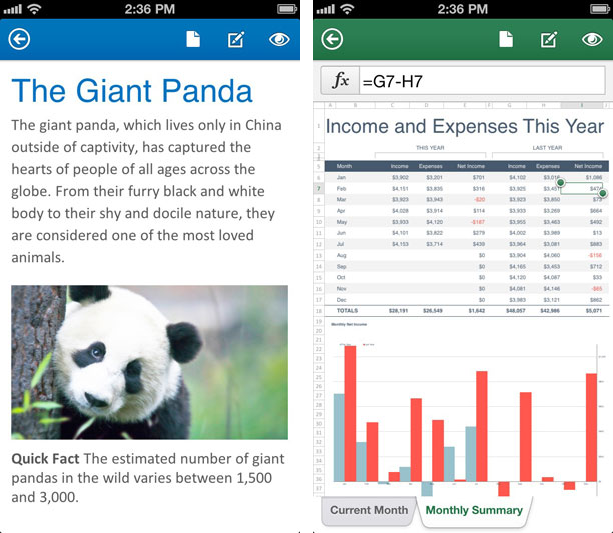
More recently, Microsoft added other new features for Office 365 subscribers, such as Message Encryption, a new service that will let you send encrypted emails to anyone outside your company. This feature is set to go live in the first quarter of 2014. It also introduced easier ways to manage Office 365 while on the move with apps aimed at admins for Windows Phone, Android and iOS, alongside user-facing apps like an Office Remote app for Windows Phone, which allows for control of Word, PowerPoint and Excel documents on a PC.
For non-Office 365 converts, Microsoft launched Office 2013 at the end of January and with its introduction came more cloud-tied (unsurprisingly) features, like integration with Skype, Yammer and SkyDrive, image support via Office.com, Bing.com or Flickr, as well as a load more general improvements and tweaks
The first service pack for the software, which is said to offer better Windows 8.1 compatibility, is set to arrive “early next year”, according to Microsoft.
Next: Steve Ballmer’s retirement
Steve Ballmer’s retirement
As we approach the end of the year, Steve Ballmer’s time at Microsoft’s reins is nearing its end. In August, he said he’d be retiring from the top spot within 12 months. Who will step in to fill his shoes? Microsoft hasn’t said, but there are certainly plenty of rumors circulating, which have floated names like:
- Stephen Elop, currently CEO of Nokia but transferring back to Microsoft following the sale of its Devices and Services division
- Tony Bates, former CEO at Skype, now head of business development
- Alan Mulally, CEO at Ford
- Satya Nadella, Microsoft’s cloud and enterprise chief
- Kevin Turner, current COO at Microsoft
However, according to AllThingsD earlier this month, that shortlist is now far shorter, and early promising candidates have begun to lose their shine. Instead, Kara Swisher, suggests that VMWare’s current CEO Pat Gelsinger could be a prime candidate.
Whoever ends up at the helm, we’ll have to wait until next year to find out. Originally, it had been the intention to announce his replacement before 2013 was over, but with the clock ticking towards January 1, the task was too important to rush. Microsoft has now said that the replacement is expected to be confirmed in “the early part of 2014“.
Next: Microsoft in 2014?
Microsoft in 2014?
In a year that contained revelations about the NSA and the UK’s GCHQ spying on citizens around the world, Microsoft is one of a number of companies calling for the US government to allow it to reveal more information about the requests for personal information it receives from official channels. As yet, the situation is still deadlocked and more information cannot be disclosed. Also like its competitors, Microsoft has decided to beef up security across its products in a bid to tackle the government snooping on its users. But then, it has also been forced to co-operate when under legal obligation to provide access to SkyDrive, Skype and Outlook.com data.
With privacy likely to remain a hot topic, both for Microsoft and technology in general, 2014 will be a year of continued convergence for Microsoft first and foremost.
Microsoft is in a rare position: consider how many companies have the ability – today – to provide a unified experience across desktops, laptops, tablets , phones and consoles. Apple and Google come to mind as potentials, obviously, but in some way the most viable other company (in terms of having software that runs across each form factor seamlessly) that might have a chance to do so is Canonical’s Ubuntu project, which is aiming for a similar goal. However, without hardware support – and that does still seem to be lacking for Ubuntu phones and OEM hardware – it won’t get there.
As well as bringing its platforms and service ever closer together, it’s also possible that Microsoft could be considering the wearable technology trend that gathered pace in 2013. Samsung and Sony have smart watches on sale already, Google has Glass, Apple has a perpetually rumored iWatch-type device… and Microsoft has…? We’d be surprised if it didn’t have any plans whatsoever for the wearables market.
There are few companies of Microsoft’s scale that can significantly refocus attention on both hardware and software, and rejig its board and business divisions with a view to “rallying behind a single strategy”. In 2014, we’ll hope to get a closer look at how exactly this rejig has affected the company and whether this single strategy is the right one.
Don’t miss our other 2013 review articles
Featured Image Credit – Getty Images
Steve Ballmer Image Credit – KIMIHIRO HOSHINO/AFP/Getty Images
Get the TNW newsletter
Get the most important tech news in your inbox each week.

